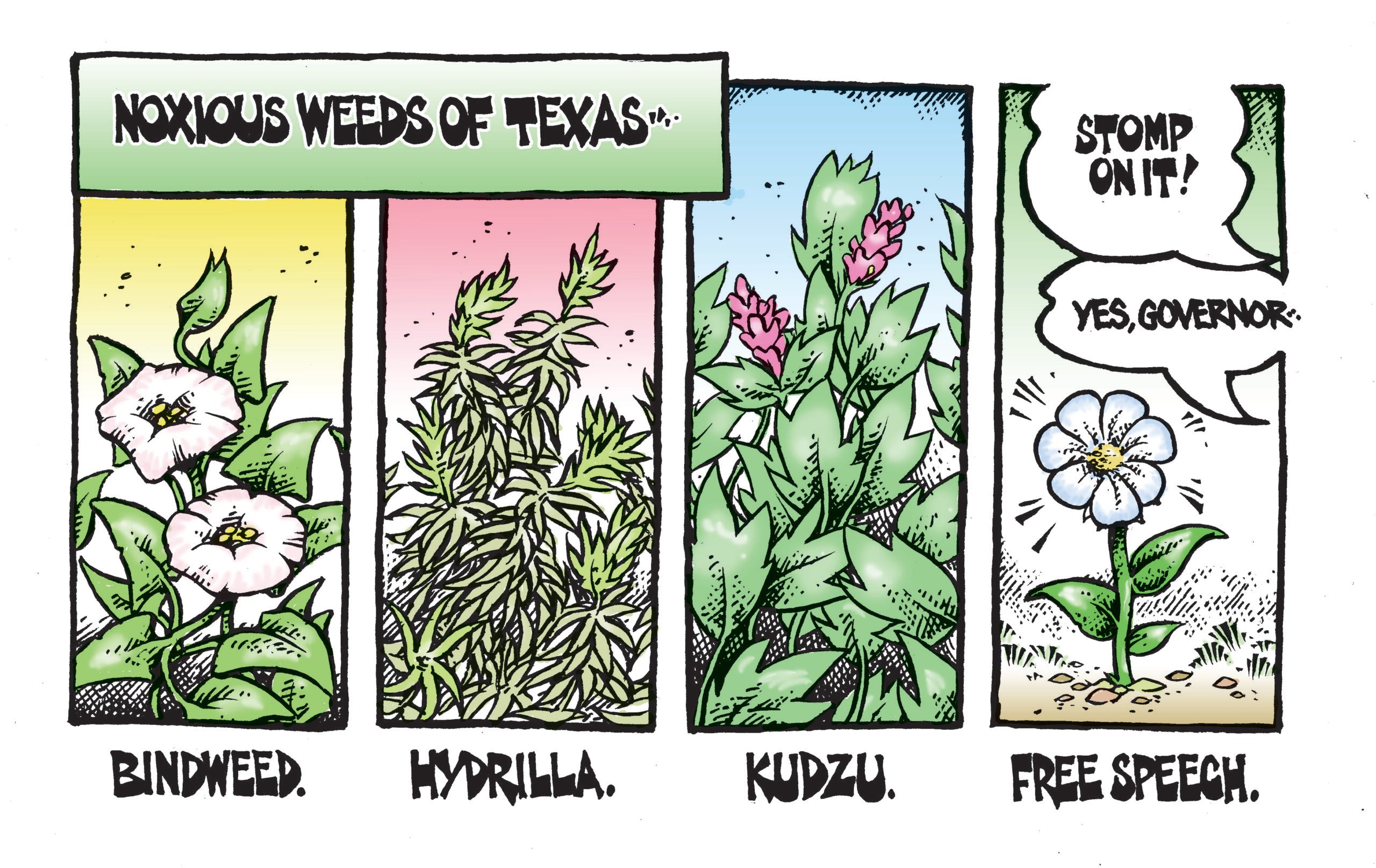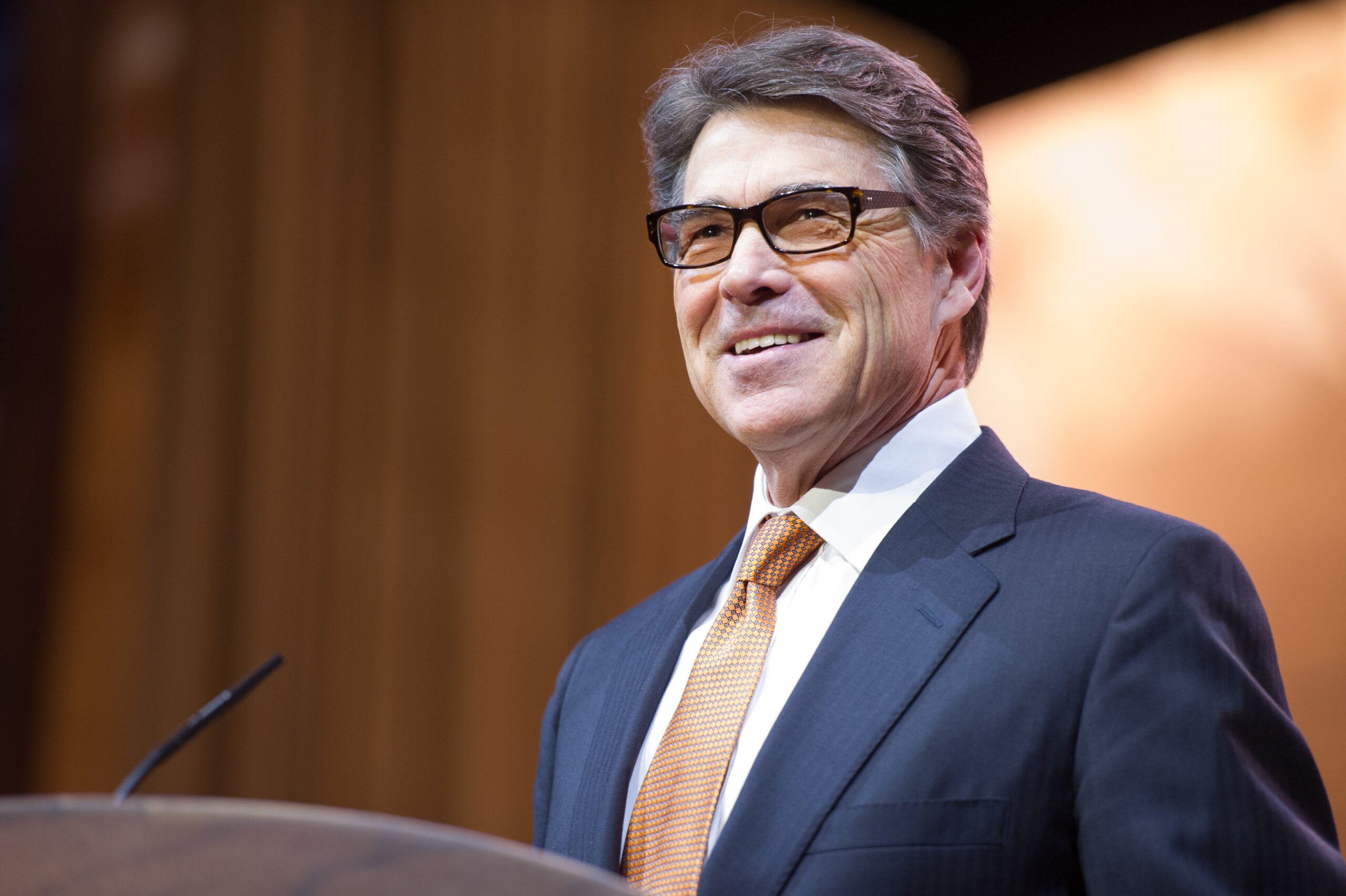ustxtxb_obs_2000_05_12_50_00009-00000_000.pdf
Page 10
The cavalry at the Ellipse Shannon Young World Bank lending institutions largely controlled by the United States, which employs them, along with the W.T.O., as engines of globalization. Globalization \(or free trade, or neoliberalthat began fifty years ago and accelerated rapidly in the last decade: the removal of barriers including not only import tariffs, but also national laws enforcing environmental, labor, and human rights standards to the free movement of capital and corporations across borders. Ostensibly created to coordinate funding for the reconstruction of war-ravaged Europe and to regulate currency values after World War II, the World Bank and I.M.F. have evolved over the last five decades into levers by which transnational corporations gain ac Perhaps more than any other single factor, job losses associated with NAFTA \(which sent thousands of U.S. jobs to the Third quences of globalization. The U.S. environmental movement has also become increasingly linked to global forest and species protection movements, in part because the same transnational corporations are threatening ecosystems across the globe. Anti-globalization activism has gotten increasingly more militant in many countries, most notably in India \(where the agricultural company and in Bolivia \(where townspeople recently rioted against a plan to privatize and sell to a U.S. company! their municipal cess to natural resources, cheap labor, and markets in the Third World. The two institutions do this through a variety of mechanisms, most notoriously the “structural adjustment programs”: austerity measures imposed on countries in economic crisis as a condition for borrowing money. The I.M.F. often requires governments to slash social spending and eliminate price supports order to encourage foreign investment, loan recipients are required to gut environmental regulations and protections for domestic industry and workers. Economies are reoriented from subsistence and self-reliance to export-oriented production \(which in turn redebt grows, often fueled by ill-conceived large-scale projects \(essuch as dams and power plants, which eventually fail financially, leaving behind disastrous social and environmental consequences. Many Third World countries now devote more resources to debt service than they do to the health and welfare of their own citizens. globalization has until now largely been taken for granted \(according to Nader, few members of Congress even bothered to read the World Trade Organization agreement they approved in movements around the world. “There is good news coming out of the U.S. when the youth of America rise up and take to the streets,” Nigerian activist Oronto Douglas told the audience at the D.C. teach-in. He echoed several speakers, exhorting those present to do more of the same in the coming days. “I challenge you to rock the boat on Sunday!” he shouted. The kids looked ready to eat the World Bank, if necessary. THE CONVERGENCE CENTER Activists protested at last year’s spring meetings of the World Bank in D.C. as well, though you probably did not read about it: about thirty people showed up. How did the anti-globalization movement grow from thirty to tens of thousands in twelve months? In fact it didn’t. The real significance of the Al6 protest, like the MAY 12, 2000 THE TEXAS OBSERVER 9


